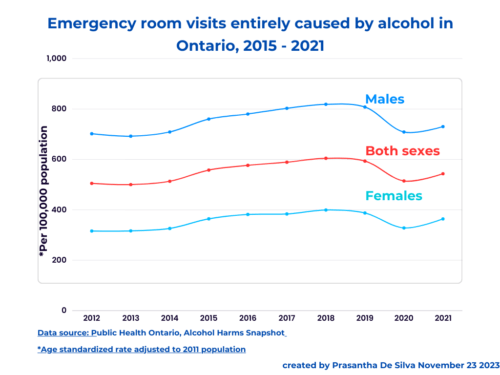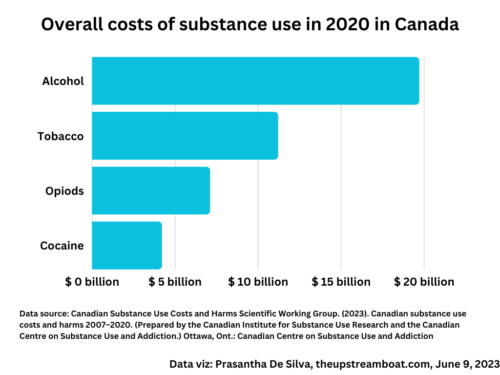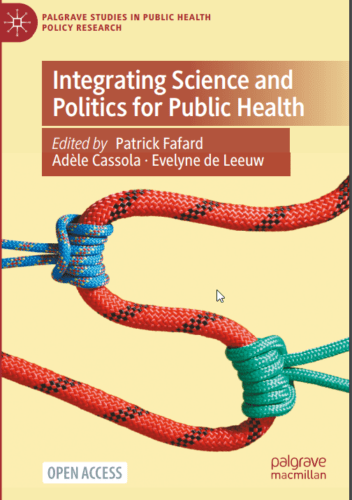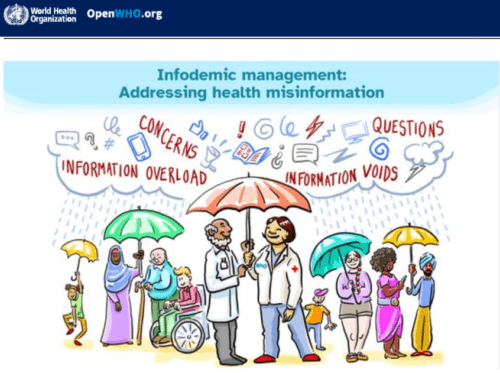Any researcher – novice or experienced – dreams big. They want their research impact maximum on society; and, if possible, earn awards including the Nobel prize.
How can a researcher figure out research impact right at the beginning of their research journey?
I am not an experienced researcher; however, the IWH model attracted my attention. It provides a roadmap for a researcher.
This post is about how I think about that IWM model.
IWH Research Impact Model
The IWH, Institute for Work and Health, an independent organization working to promote the safety and health of working people. Figure 1 illustrates the model that they employ. It is fairly easy to comprehend.
They classify the research impact or outcome as immediate, intermediate, and final.
Immediate impact
The immediate outcome is aimed at advancing the existing knowledge base, dissemination of new knowledge. It is easy to track through because it is number-based: number of publications, presentations at scientific forums, number of book chapters and reports, media releases, etc.
We can add more to it.
Intermediate impact
In contrast, the intermediate impact aims to influence decision and policymakers and hence difficult to assess. These influencers include clinicians, employers, project or program managers, ministry officials, and legislators, and others in similar positions.
Final impact
The final impact, as we can understand is always on societal changes: improvement of the health status of a region, country, or in the world. It is based on the statistics or surveys; for example, reducing morbidity and mortality due to the prevention of work-related injuries.

: This is under the Creative Commons License /by-nc-nd/4.0/ international)
Case studies as the methods of choice to assess the intermediate impact
Case studies seem to be the method of choice for measuring intermediate impact. The IWH group case studies into types depending on the extent of the research findings that have traveled according to the model framework.
It is like this:
- Type 1 case studies: The case studies that identify instances when external entities – such as legislators, professional bodies, legislators, labor unions, employers, professionals, and workplaces, refer to the research findings.
- Type 2 case studies: The case studies that relate research findings to changes to the existing legislation, workplace policies, programs, protocols.
- Type 3 case studies: The case studies that relate research findings as a contribution to societal changes such as reduction of work injury rates, compensation claims, sickness days, etc. (obviously, this is hard to measure).







